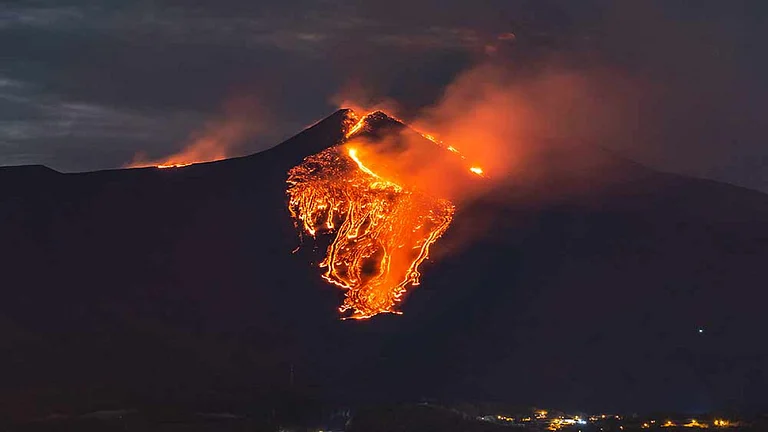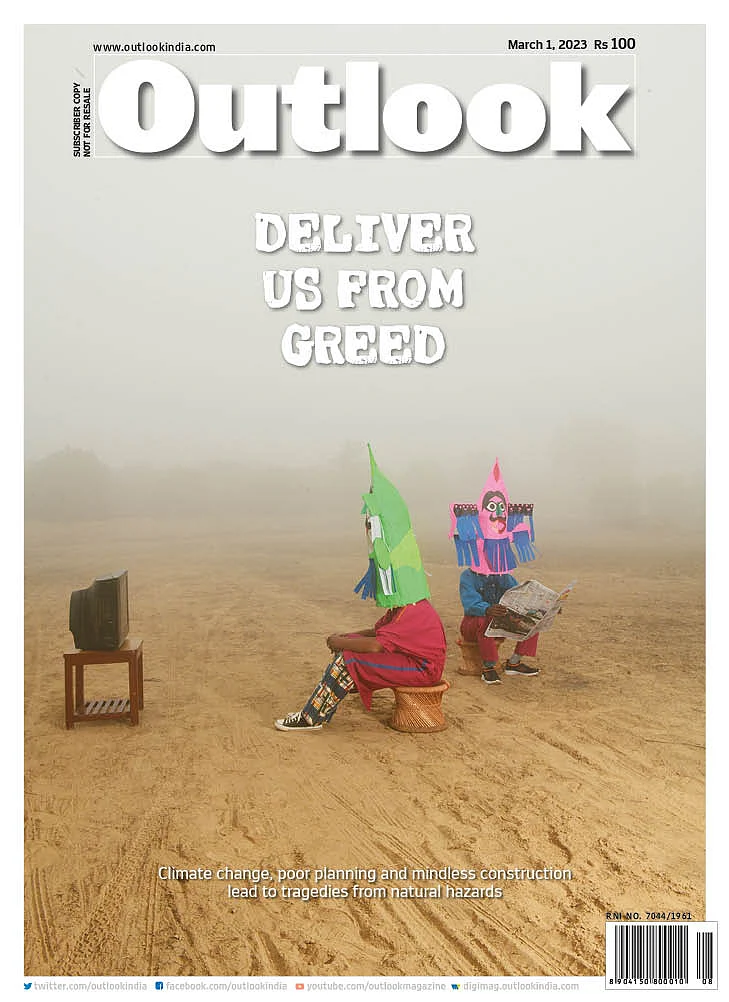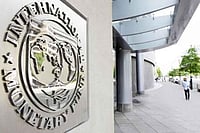Goa, it seems, is to have no respite. The state’s famed coastline is already plagued by rampant real estate development and erosion. Now, its green hills--part of the protected Western Ghats region--are ground zero for 'development.' With tragedies in Kerala’s Wayanad and the hilly tourism hubs in northern India fresh in memory, environmentalists and civil society groups in Goa have warned against deforestation and illegal conversion of forests and hills for construction. But is anyone really listening?
In June 2022, Outlook released a magazine issue titled Lost, Found, Lost - on how the free-spirited, all-embracing, bountiful state of Goa was rapidly disintegrating. In the issue, Mayabhushan Nagvenkar describes Goa using the allegory of a mermaid who had not aged well, with greying hair and skin patched with barnacles. Goa has suffered a similar fate, becoming increasingly concretised.

In an article on Goa’s battle against global warming and indiscrete concretisation, Paul Fernandes writes that by 2050, sea level rise (SLR) is expected to inundate 40 percent of Goa’s low-lying areas, ravaging the state’s popular beaches by draining the sand along its 105-km coastline. Fernandes writes that beach erosion, which has been depleting Goa’s shorelines since 1932, has recently accelerated. Although natural restoration occurred in the past, the current pace and intensity of erosion are alarming. Some key stretches of coastline are being swallowed by the sea, and the signs of this are increasingly evident.
The magazine issue also included stories on khazans, the low-lying wetlands of Goa. Historically managed by local communities, these ecosystems used traditional methods such as dykes, sluice gates, and water channels to protect land from saltwater and support agriculture, aquaculture, and salt production. The story by Elsa Fernandes states khazans’ vital role in Goa’s cultural and ecological landscape and how they could help mitigate the impacts of rising sea levels and flooding.
In Outlook’s magazine issue in March 2023 titled- Deliver Us From Greed - Snigdhendu Bhattacharya writes about the great Himalayan disaster waiting to happen. The story discusses the looming threat of a major earthquake in the Himalayas, a region vulnerable to significant seismic activity but lacking adequate monitoring and preparedness. It also mentioned the dangers of unchecked construction and large hydropower projects in the region, which increase the risk of catastrophic damage.
In another story from the same issue, Praveen Singh Pardeshi, a former municipal commissioner of Mumbai, writes about the 1993 earthquake in Latur. The quake, centred in Killari, destroyed 50 villages, killed 8,500 people, and damaged over 300,000 homes. Pardeshi explains that while earthquakes are natural events, they become disasters when buildings are not built to withstand them. Unlike places with strict safety codes, such as North Ridge in California, Latur’s traditional stone and mud homes were not designed to be earthquake-resistant, leading to widespread destruction when the earthquake struck.
Outlook’s latest issue on climate change, titled Climate Injustice, was released in July. Through extensive ground reporting and insightful opinion pieces, the issue addresses pressing questions: As humanity faces extreme global warming, who suffers the most? Who is responsible? And who has the power to prevent it?
Forests burned, glaciers melted, sea levels rose, and rivers dried. A severe heatwave gripped the nation, claiming lives. At the receiving end of nature’s wrath were the marginalised—the poor, Dalits, Adivasis, farmers, and women. Outlook reporters documented the climate crisis through the lens of their suffering and struggles.

A story by Shweta Desai highlights the struggle of Mumbai's Koli people, the city’s original inhabitants, who are battling climate change and aggressive infrastructure development. Alongside this, Asghar Khan’s report from Jharkhand details how Dalit and Adivasi communities are being displaced due to unchecked mining activities.
From Kashmir’s Sonamarg, Naseer writes about the once-dominating Thajiwas glacier which is now rapidly receding due to excessive tourism.



























